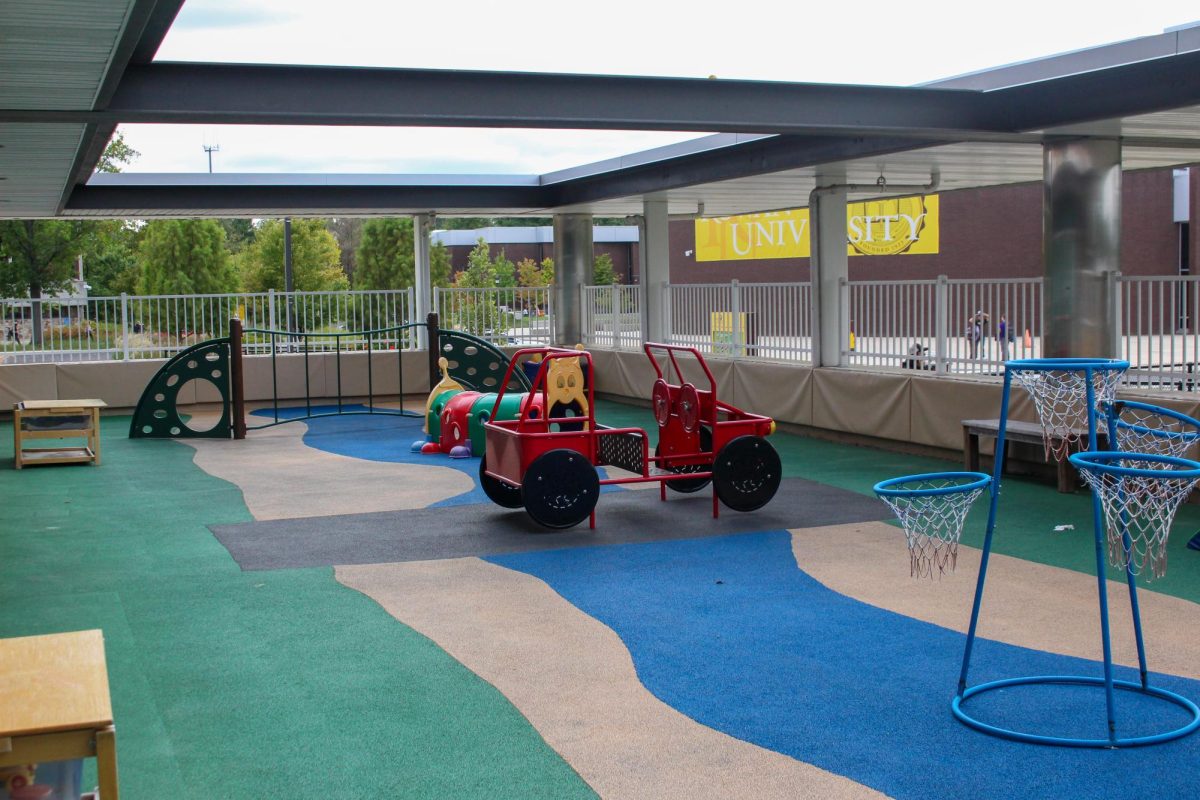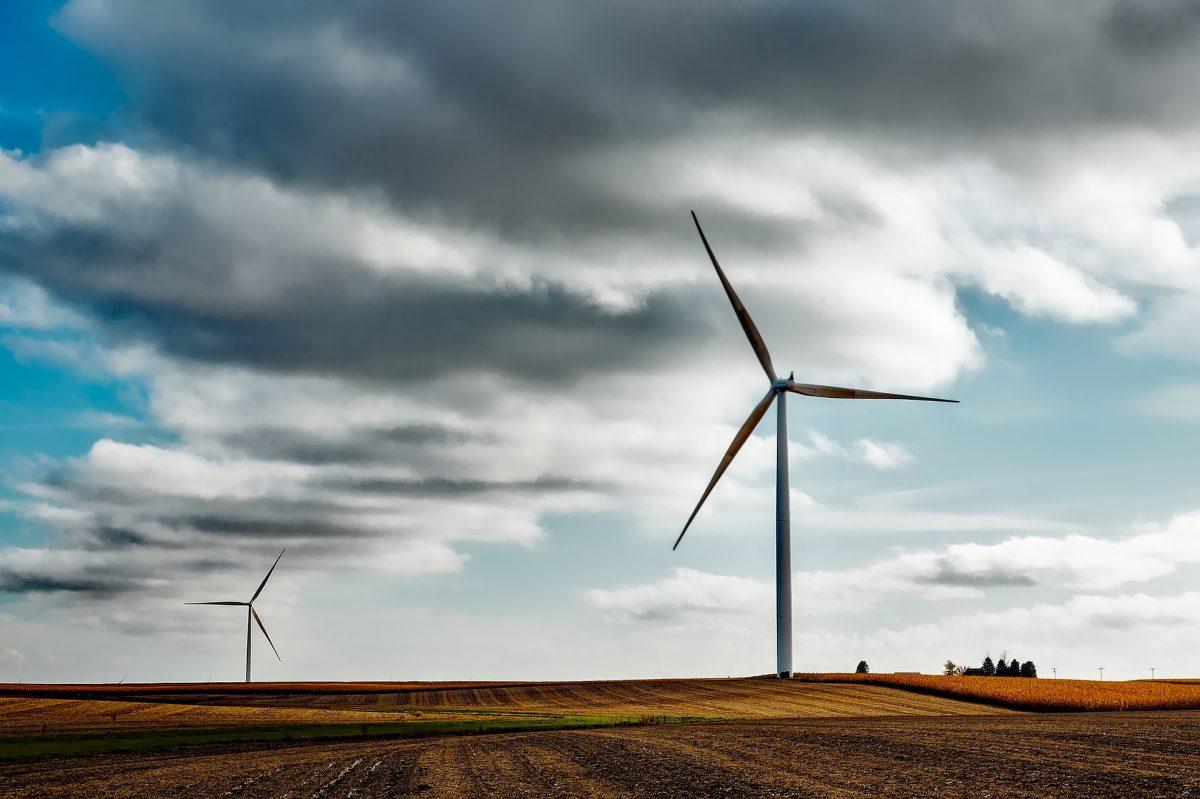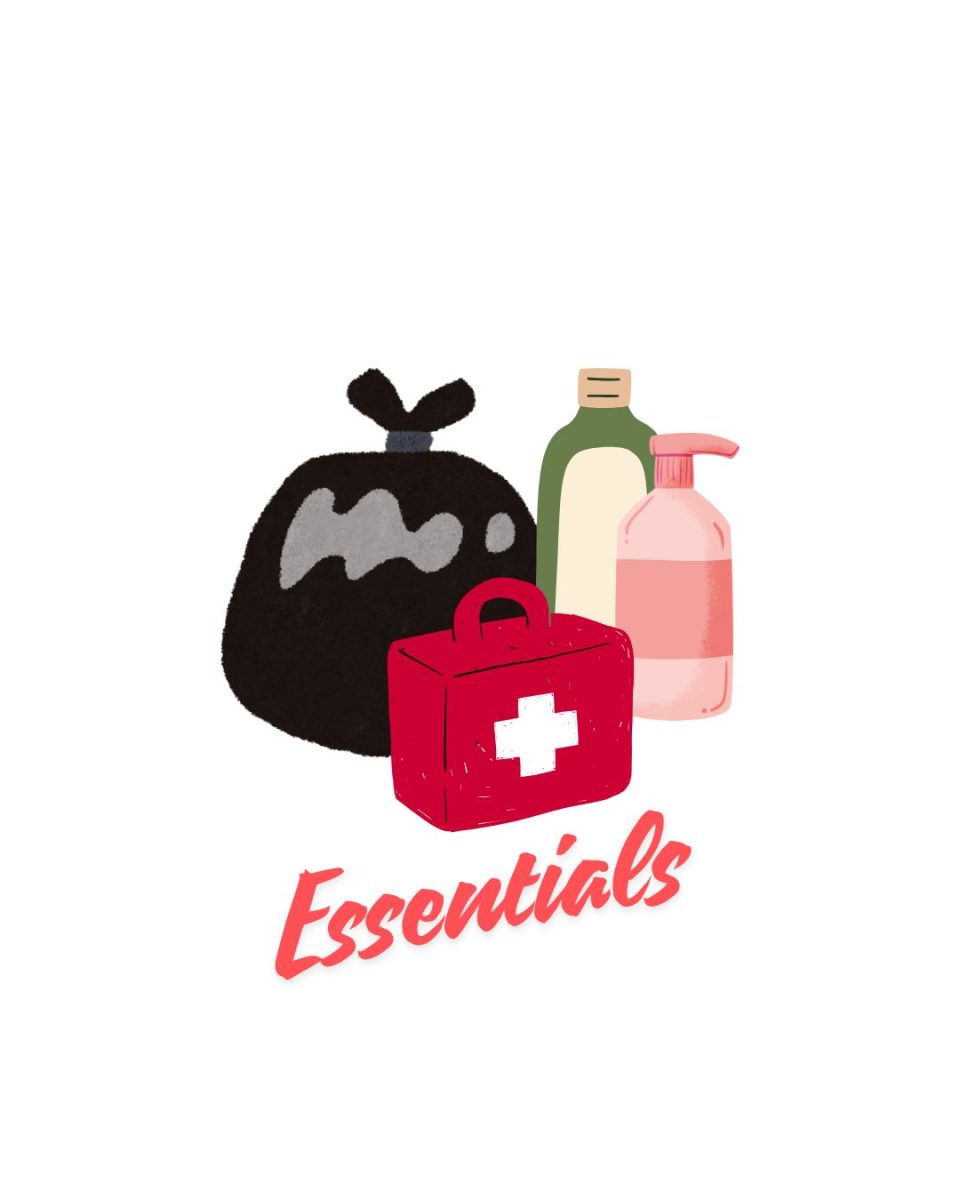It wasn’t too long ago that a report came out from the Intergovernmental Panel on Climate Change which stated humanity has just over a decade to get carbon emissions under control before the impacts of climate change become irreversible. Anyone who cares about the issue certainly would’ve found the report to be quite alarming and if you ask me, it’s the biggest threat we face. This isn’t only as a country, but also as a species. It’s an issue that doesn’t affect just us, but the very planet itself. So what’s the plan then? What do we do?
This is where freshman congresswoman Alexandria Ocasio-Cortez stepped up to propose a plan known as the Green New Deal (GND) to combat the issue. Maybe you’ve heard the term thrown around. Maybe (most likely) you’ve heard rhetoric from those who still deny climate change and that humans are contributing to it. They might throw out some quick lines about how the Democrats are trying to do something “radical.”
But what is it really? In a loose sense, the Green New Deal is a massive program of investments in clean-energy jobs and infrastructure, meant to transform not just the energy sector, but the entire economy. It’s similar in concept to FDR’s New Deal from 1933-1936, hence the similarity of the name. Its goal is to transition our country to 100 percent clean energy (“clean coal” isn’t real, by the way) by the year 2030. Gp.org (gp standing for Green Party), claims that implementing the GND will revive the economy, turn the tide on climate change and make wars for oil obsolete. Seems pretty big, but to me that last part makes sense. Certainly there would be no need to hunt for oil if the country runs on renewable, green energy, right?
The deal plans to do three main things, and I’m quoting them directly from their site. One: “Invest in green business by providing grants and low-interest loans to grow green businesses and cooperatives.” Two: “Provide green jobs by enacting the Full-Employment Program, which will directly provide 16 million jobs in sustainable energy and energy-efficiency retrofitting, mass transit and ‘complete streets’ that promote safe bike and pedestrian traffic, regional food systems based on sustainable organic agriculture and clean manufacturing.” Three, and really the biggest goal: “Move to 100% clean energy by 2030: Prioritizing green research by redirecting research funds from fossil fuels and other dead-end industries toward research in wind, solar and geothermal. We will invest in research in sustainable, non-toxic materials and closed-loop cycles that eliminate waste and pollution, as well as organic agriculture, permaculture (the development of agricultural ecosystems meant to be sustainable and self-sufficient) and sustainable forestry.”
So that’s what it wants to do, but what do I think? Forget the GND for just a second for me, and by that I mean whether or not you think it will work. Climate change is a massive issue. Massive issues require solutions just as sizable. It’s not something you can put a Band-Aid on. Even if you think climate change isn’t real, understand that it’s indisputable that our current main sources of energy are NOT renewable, as in there is a finite amount. Even if climate change wasn’t real, transitioning to new forms of energy that are renewable is necessary for this reason alone. If that sounds a little basic, it’s because we all learned this in middle school science. Attacking this problem is something that needs to be done sooner rather than later, because if that report is to be believed, and I do believe it, there may not be a later.
For questions/comments about this story, email [email protected] or tweet @TheWhitOnline.
























































































































































!["Working with [Dr. Lynch] is always a learning experience for me. She is a treasure,” said Thomas. - Staff Writer / Kacie Scibilia](https://thewhitonline.com/wp-content/uploads/2025/04/choir-1-1200x694.jpg)









































